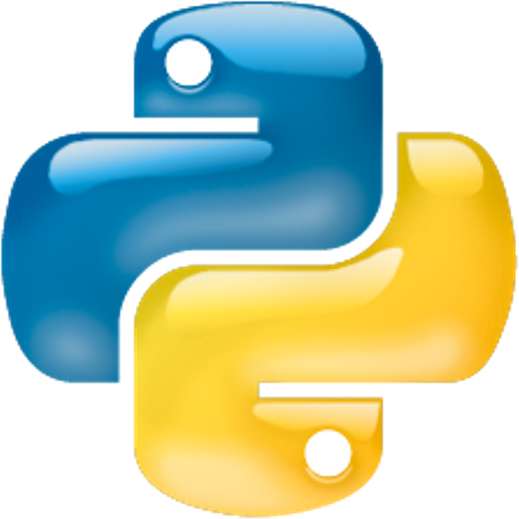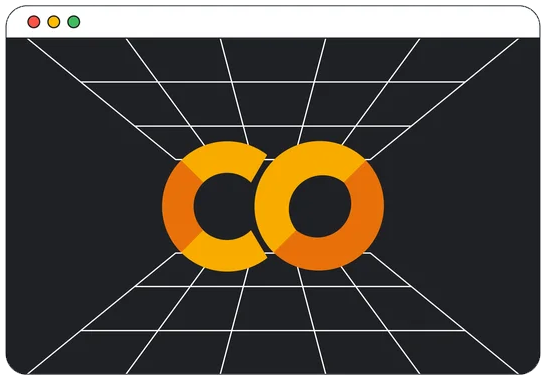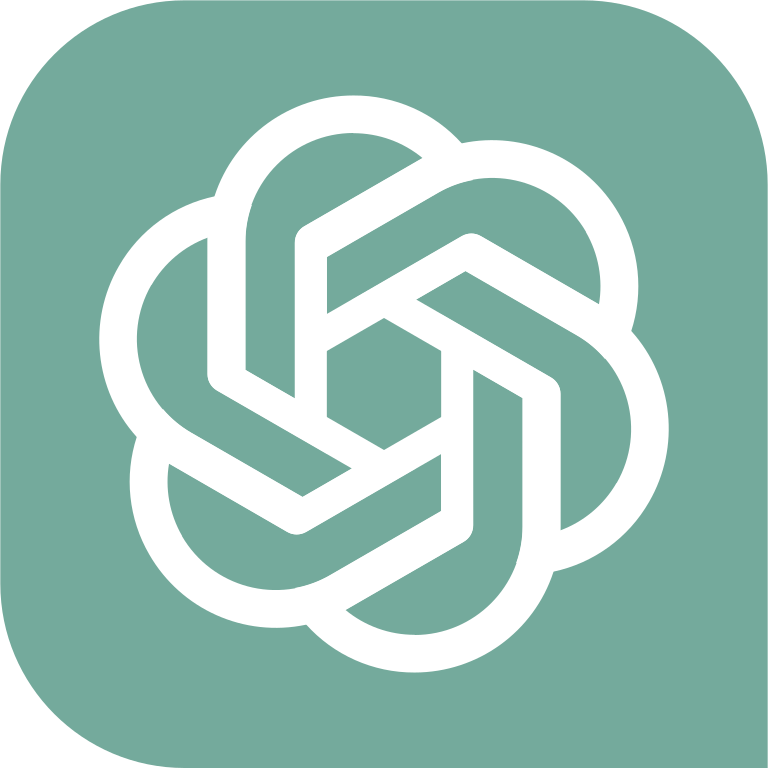Table of Contents » Chapter 5 : Disciplines : Philosophy
Philosophy
Overview
The field of Philosophy and Python programming intersect in fascinating ways, particularly as philosophical inquiry increasingly engages with the digital world. With its simplicity and versatility, Python offers a multitude of tools that can aid philosophical research, analysis, and communication. For instance, Python's text analysis capabilities, powered by Natural Language Processing (NLP) libraries, can be used to study philosophical texts, identifying key themes, patterns, and trends. Python's web scraping tools can be utilized to gather large amounts of philosophical content from digital sources for comprehensive analysis. Python's data visualization libraries can present complex philosophical data and arguments in a visually compelling and understandable manner, enhancing communication and understanding of philosophical ideas. In the realm of logic and reasoning, a core area of philosophy, Python can be used to model logical structures and simulate argument dynamics. The rise of artificial intelligence and machine learning also opens new dimensions for philosophical inquiries into machine ethics, consciousness, and cognition, where Python, as a leading language in these areas, plays a pivotal role. Therefore, Python programming is becoming an increasingly valuable tool in contemporary philosophical studies, facilitating new methods of inquiry and deeper understanding.
- Text Analysis: Python's Natural Language Processing (NLP) libraries, like NLTK, SpaCy, or TextBlob, can be used to analyze philosophical texts for understanding key themes, patterns, and sentiment.
- Data Visualization: Libraries like Matplotlib, Seaborn, and Plotly can be used to visually represent philosophical data or argument structures, aiding in understanding and communication.
- Argument Mapping: Python can be used to create visual maps of philosophical arguments, making complex lines of reasoning more understandable.
- Web Scraping: Libraries such as Beautiful Soup and Scrapy can be used to gather philosophical texts from the web for further analysis.
- Modeling Logical Structures: Python's capabilities for creating complex models can be used to simulate philosophical logic and argument dynamics.
- Teaching and Learning: Python's ease of use and readability make it a good tool for teaching computational thinking and basic programming skills in a philosophical context.
- Corpus Linguistics: Python can be used to process and analyze large corpora of philosophical text, studying the use of language and the evolution of philosophical ideas over time.
- Digital Humanities: Python can be used in various digital humanities projects that explore philosophical ideas in interactive and digital ways.
- Artificial Intelligence and Machine Ethics: As a leading language in AI development, Python can be used to explore philosophical questions around AI, such as machine ethics and consciousness.
- Data Mining: Python can be used to mine philosophical data from various sources, aiding in research and study.



